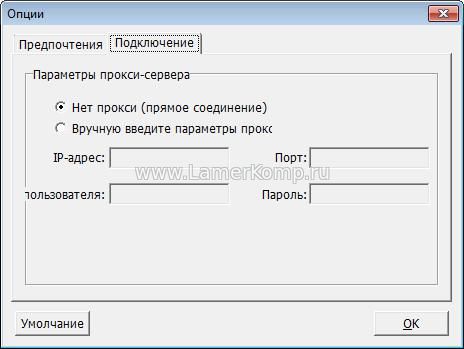
The scan() function should therefore look like the following.
#TRANSLATE PRO DQ PARTE FOR MAC#
Supposing you stored don_quijote.txt in the folder named text_mining at the root of your hard drive, the path will be /text_mining/don_quijote.txt for Mac users and C:\\text_mining\\don_quijote.txt for windows users. # clear R's memory rm(list=ls(all=TRUE) # load the text dq.vector <- scan(file=file.choose(), what="character", sep="\n", fileEncoding="UTF-8") # inspect the text head(text.v, 50)Īnother way of loading the text consists in entering the path to the text file. I suppose the line breaks correspond to those found in the edition that the Project Gutenberg volunteer found in the Don Quixote edition that s/he used for the transcription. There are as many elements as line breaks. Inspect the first 50 elements of the vector with head(). The text is loaded into a character vector named dq.vector.
#TRANSLATE PRO DQ PARTE CODE#
The code below clears R’s memory and launches an interactive window asking you to select the file. Subscribe to our email newsletter to hear about new eBooks.” Save the changes in the file.
#TRANSLATE PRO DQ PARTE HOW TO#
the text between “End of Project Gutenberg’s Don Quijote, by Miguel de Cervantes Saavedra.” and “… how to the text between “The Project Gutenberg EBook of Don Quijote, by Miguel de Cervantes Saavedra…” and “…Textįile corrections and new HTML file by Joaquin Cuenca Abela.” Delete the footer, i.e. Name the file don_quijote.txt and save it in a convenient location on your hard drive (for example the root drive).Įach text comes with a legal header and a legal footer. Load the textĬopy and paste the text from Project Gutenberg into a text file (preferably using Notepad++ for Windows or TextWrangler for Mac). Some of the methods that I propose below are explained in great detail by Matthew Jockers in his book Text Analysis with R for Students of Literature (Springer, 2014).


The book has two parts, which appeared in 16 respectively.

Linguists make use of textual databases to know more about a language or about the speakers of this language.Īs a linguist, I offered to contribute to the conference by applying some of the techniques that I use in the study of meaning to a monument of Spanish literature: El Ingenioso Hidalgo Don Quijote de la Mancha, by Miguel de Cervantes Saavedra. Literature experts might want to know more about the style of an author or the linguistic trends of a period. The conference was organized by colleagues from the Department of Spanish Studies.īesides linguistics, other disciplines in the digital humanities tap into corpora by means of text-mining techniques: history, literature, stylistics, etc. Two years ago, I gave a mini workshop on text-mining techniques at a one-day conference on philology and the digital humanities at Paris 8 University.


 0 kommentar(er)
0 kommentar(er)
